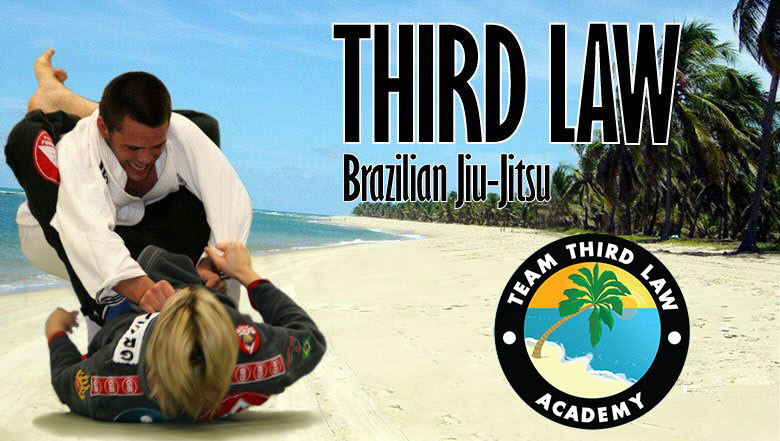
FAQs
To provide “Combat Athletics for Everyone,” to be the best team in Florida and Nationwide, and to help improve our lives and the lives of others through teamwork.
In a nutshell, Brazilian Jiu-Jitsu (BJJ) is a very effective method of fighting on the ground. At first glance it seems like Judo or Russian Sambo, but it is actually very different. The goal is to end the fight on the ground with a submission, but what most people don’t know is that learning the submissions is the easy part. It’s getting to the submissions that is the hard part.
Brazilian Jiu-Jitsu is an ever-evolving martial art that focuses on the paths that lead to defeating an opponent. Overall, it’s a very technical martial art. Its nature allows for intensive training with very little risk of injury, which is an advantage for the practitioner. For this and other reasons, it has had lots of success in the Ultimate Fighting Championships and Pride.
While there are many positive reasons for competing in tournaments and cheering for you team, you will never be forced. However, over the years I have noticed that students who compete make huge improvements in their BJJ.
No, but is recommended. A kimono is a tool to refine your technique, thinking, and stamina.
Belts go as follows: White, Blue, Purple, Brown, and Black. One of the main differences between BJJ and other martial arts is that it is hard to get promoted. At a blue belt level you can be considered almost a lethal force. It takes commitment to go from any belt to another, and I believe that the student should have a genuine feeling that tells them when they have gotten to a different level.
We do have a curriculum we go by to help you and once students show competency in the techniques acquired they may qualify for a promotion.
It is an awesome habit to develop. The benefits are just too many to list. My best advice is to enjoy it and let it grow in you. You will be forever thankful you had the opportunity.
Submissions include ankle locks, knee bars, heel hooks, arm bars, chokes, shoulder locks, etc... and they come in many forms. In a real situation they could be devastating to an opponent as you usually use stronger body parts against a much weaker one. For this reason, a much smaller opponent could easily take a much stronger one.
This is also a reason why flexibility is a huge plus in BJJ. Nevertheless, they are very safe when practiced in a controlled training environment.
No. We currently have Mike Atkins, who at over 50 became a world champion and Pan-American champion. He did it after breaking his neck in a car accident and after losing over 70 pounds. If he can, anybody can.
Most schools won’t let you wrestle until you have gained some experience, etc… I like having people wrestle right away without submissions, and then introducing submissions as I gain trust in them and their abilities. For example, first I let you control the opponent, and then allow you to do only chokes, then arm bars, etc… This method has been very effective in the past.
I do recommend you come to ten classes before you start wrestling.
